INTRODUCTION
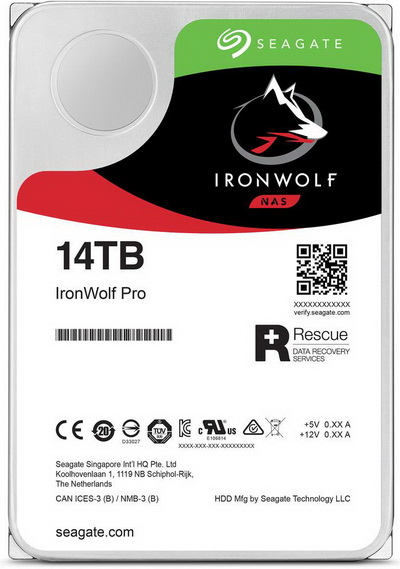
Due to recent developments in the enterprise grade SSD market by some of the large players (namely Seagate, Samsung, Viking Technology and Nimbus Data) it seems that capacity is no longer an issue (8/30/50/60/100TB SSD models have been released in the last year) and so it may not be very long before we see the very first consumer oriented models with capacities surpassing 2TB. Still although capacity may no longer be an issue it will be a while before prices drop to satisfactory levels (way too long for most consumers) and so until that comes to pass regular HDDs will remain at the top in terms of price/capacity ratio. Last month Seagate updated their Guardian series of 3.5" hard disk drives (BarraCuda/FireCuda/IronWolf/IronWolf Pro/SkyHawk) to also include 14TB models and after one full week of tests our review of the brand new IronWolf Pro (ST14000NE0008) is complete.
Seagate is the global leader in data storage solutions, developing amazing products that enable people and businesses around the world to create, share and preserve their most critical memories and business data. Over the years the amount of information stored has grown from megabytes all the way to geopbytes, confirming the need to successfully store and access huge amounts of data. As demand for storage technology grows the need for greater efficiency and more advanced capabilities continues to evolve.
The brand new IronWolf Pro 14TB (ST14000NE0008) is based on the TDMR (Two-Dimensional Magnetic Recording - upcoming 16-18-20TB and above models will feature Heat Assisted Magnetic Recording technology) technology (made it possible for Seagate to boost area density from 923Gb/in2 to 1077GB/in2) and as expected is very similar to its predecessor the IronWolf Pro 12TB model (ST12000NE0007) so once again Seagate has implemented the same optimizations for use with network attached storage devices (up to 24 bays this time), desktop servers and private cloud storage. Also featured in the brand new IronWolf Pro 14TB model are Seagate's AgileArray technology (includes dual-plane balancing, RAID optimization and advanced power management), Rotational Vibration (RV) mitigation (several RV sensors help maintain high performance in multi-drive NAS enclosures), health management (drive monitoring) and Error Recovery Control. Internal specifications of the helium filled (reduces friction thus boosting reliability and capacity while at the same time reducing weight and power consumption) IronWolf Pro 14TB HDD include 8 platters (each 1.8TB in capacity) that spin at 7200RPM, total of 16 heads and 256MB of DRAM cache. Seagate also covers the IronWolf Pro 14TB with a 5 year limited warranty and a 2-year free subscription to their Rescue Data Recovery service (90% success rate of data recovery) and reports reliability numbers of 1.2 million hours MTBF (Mean Time Between Failures) and 300TB/yr. (Terabytes Per Year).
SPECIFICATIONS AND FEATURES

THE IRONWOLF PRO 14TB
Typically we received a bulk version of the new IronWolf Pro 14TB SATA III HDD.
At first glance the IronWolf Pro 14TB looks a lot like its predecessors.
There are some differences however such as the top sticker which in this model includes various information like the serial and part numbers and barcodes, installed firmware version, PSID, factory rollout date (August 11 2018), electrical requirements, contact information and several certification logos.
Turning over the drive we find the usual PCB with all of the components protected on the interior side.
The usual SATA III power and data connectors are located at the rear of the drive right next to three pins probably used for firmware updates.
As you can see from the above picture Seagate moved away from the silver enclosure they used in the previous lines of the Guardian series of HDDs (could be because of the TDMR technology used or due to their upcoming transition to HAMR?).
The PCB at the rear is also smaller and unlike the previous models it has no extra room on the upper right corner (we were hoping that would be used for NAND flash in future models).
TEST BED
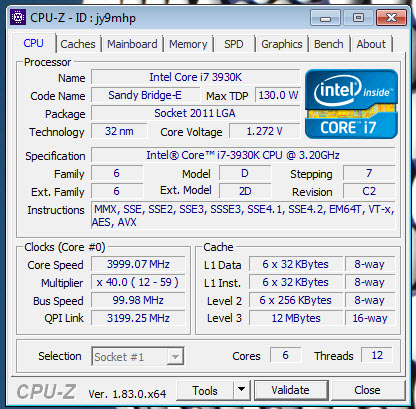

TESTING METHODOLOGY
Thoroughly testing hard disk drives may require time and patience but that's just about it. Of course that doesn't mean that one must take it lightly, at least not when people base their decision on your results. True some choose to only use 2 or 3 benchmarking suits in order to measure the performance of a drive or drives since quite honestly most benchmarking suites do tend to agree with each other (so it's not really wrong) but we always like to take things a step further not because we have to but because we want to be almost 100% certain of the results we get and post in our charts.
So in this kind of reviews we will use a total of 7 different benchmarking suites in an effort to bring you the most accurate results across the board. Now the only reason why i say effort is because real-world usage is not always on par with what results one gets by running several benchmarks on a drive and that's mainly because there are many variables at work from ambient temperatures to hardware configurations and even firmware versions. The benchmarking applications we use are the AIDA64 suite (former Everest Pro), HD Tune Professional (as of October 2016 we also record seek times of 3.5” drives), HD Tach RW, ATTO, Sisoftware Sandra Pro, Crystal Disk Mark 64bit and the PCMARK 7 (secondary storage suite). These benchmarking tools are the best in what they do and as you will also see later on their results more or less agree. Each test is performed a total of 6 times and then the average is recorded into the charts. Temperatures are recorded using Hard Disk Sentinel and after 45 minutes of continuous testing in a 23 degrees Celsius temperature controlled room. Finally we also use an ExTech HD600 dBA meter on each of the drives (5cm away) in order to accurately record their noise levels (during access), although if you don't turn off all system fans when doing so it's quite possible that you will never even hear the drive. The operating system used is a fresh installation of Microsoft Windows 10 Pro with every update installed up until the 20th of October 2018.
TEST RESULTS - AIDA64 / ATTO


TEST RESULTS - HD TACH RW / HD TUNE PRO


TEST RESULTS - SISOFTWARE SANDRA PRO / CRYSTAL DISK MARK X64
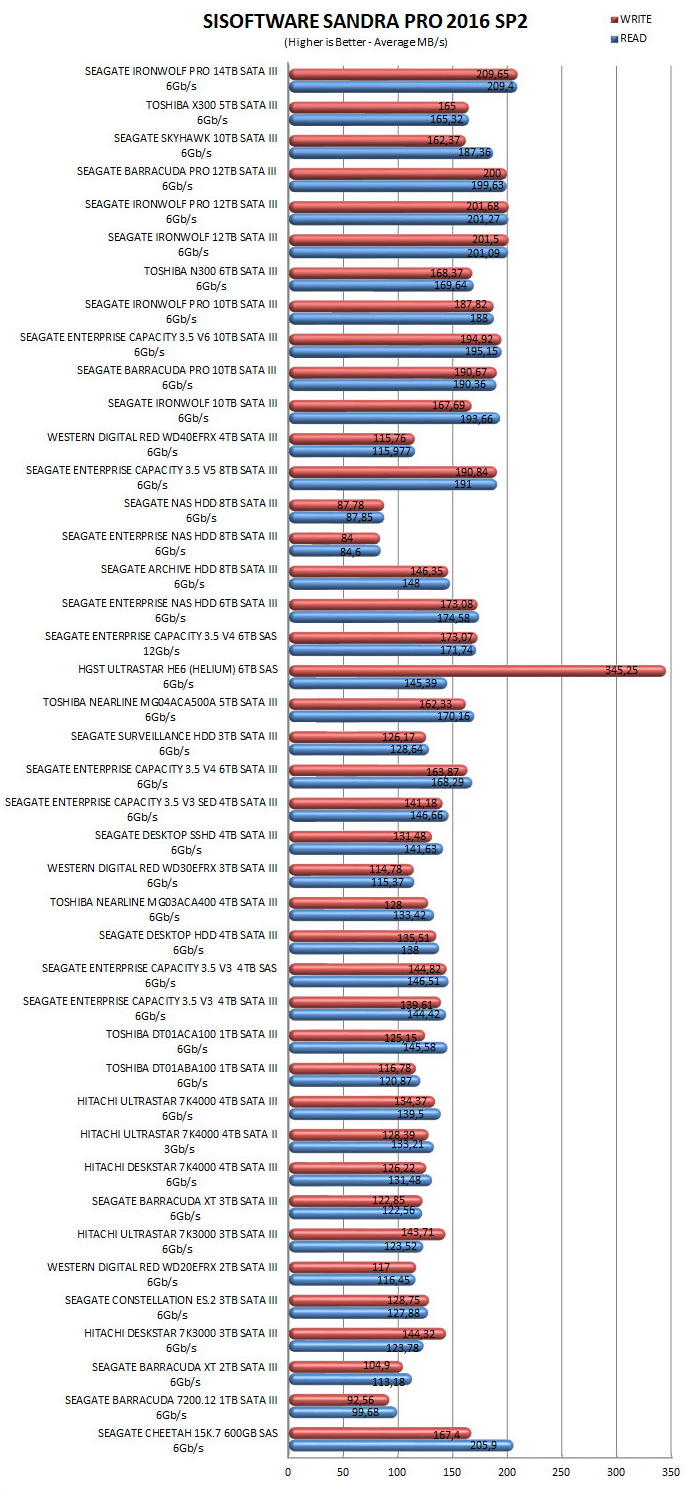

TEST RESULTS – PCMARK 7 PRO / TEMPERATURES / NOISE LEVELS
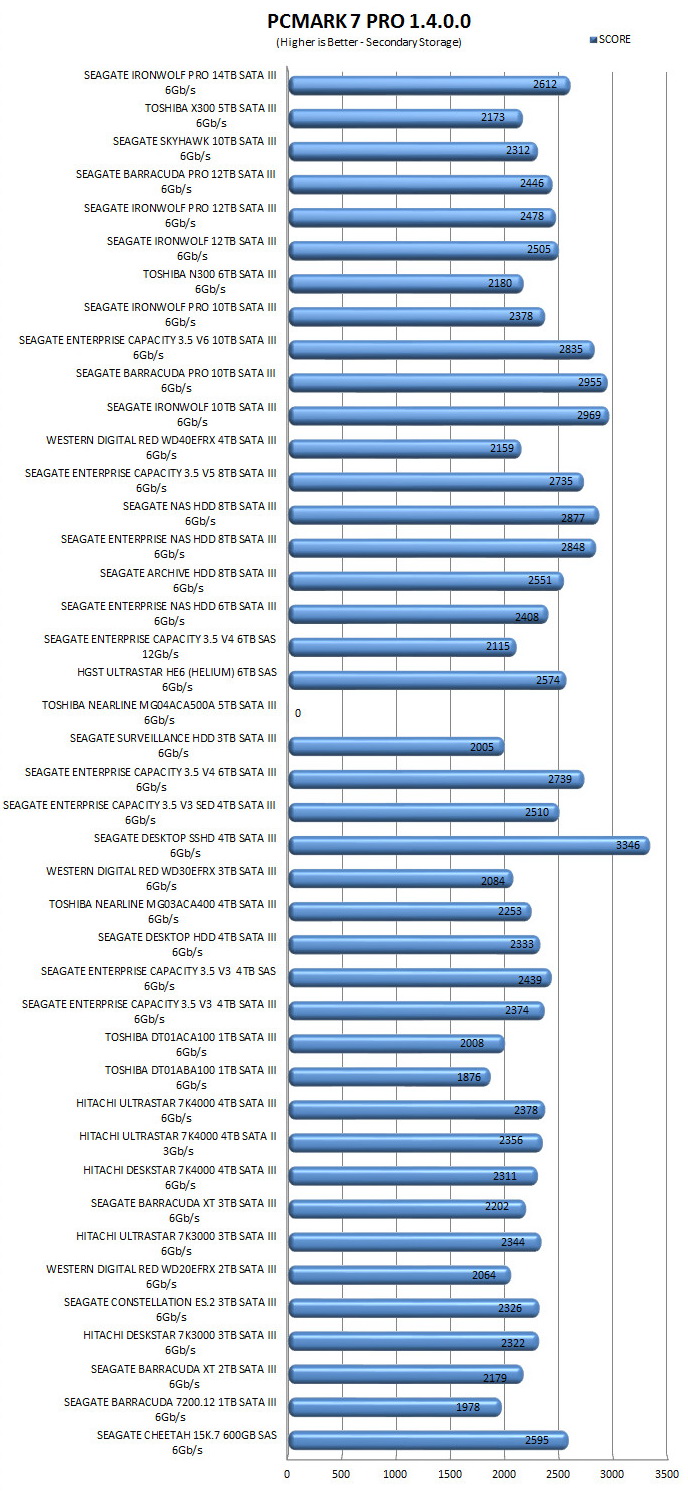

 ……………
……………
CONCLUSION
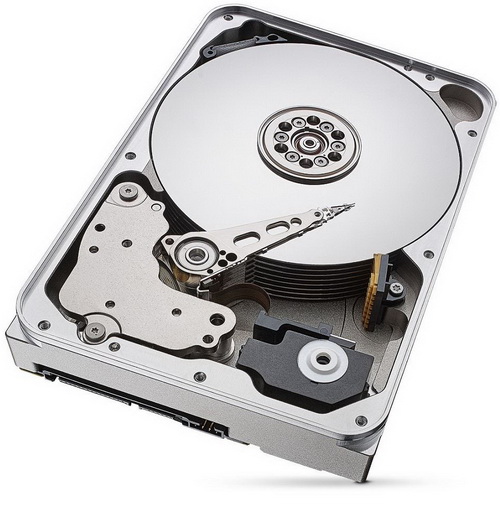
Just like with the previous IronWolf Pro drives Seagate doesn’t disappoint with their brand new 14TB model since according to all our charts it’s among the 3 fastest SATA drives to pass from our lab to date. We didn’t really expect a performance bump compared to the previous line prior to HAMR getting introduced by the end of the year (since we’re still talking about an 8-platter design like the last IronWolf Pro line) but we did get some and so that might have been due to the use of TDMR (according to Seagate TDMR uses new platters, motors and controllers compared to SMR). And then there’s the new enclosure which seems way too basic compared to the “fancy” enclosure (it almost looked like zinc alloy) Seagate used with their previous Guardian series lines. Our guess is that it’s either due to the use of TDMR or because of the upcoming HAMR drives (the first such drives according to Seagate should be delivered to their clients by the end of the year and should allow for capacities of up to 40TB by 2023).
14TB hard disk drives are the highest capacity models currently in the market and so as expected (and just like their lower capacity brothers when first introduced to the market) they don’t come cheap. To be more specific the IronWolf Pro 14TB SATA III HDD by Seagate (ST14000NE0008) will set you back no less than USD588.88 inside the USA (Amazon.com) and 565.85Euros inside the EU (Amazon.de). This of course is a hefty amount but since these drives are not really targeted to the mainstream consumer market that shouldn’t really be a problem. At the end of the day just like with its predecessor you’re still getting one of the fastest HDDs in the market today featuring the highest capacity currently, impressive reliability numbers (1.2 million hours MTBF with 300TB/yr.) and is not only covered by a 5 year warranty but also a 2 year subscription to Seagate’s Rescue Data Recovery service (thus getting our Platinum Award).

PROS
- Build Quality (300TBW / 1.2 Million Hours MTBF)
- Top Of The Charts Performance (SATA)
- Technologies Used (TDMR / AgileArray / Rotational Vibration Mitigation / Health Management)
- Optimizations For Up To 24 Drives
- 256MB Cache
- Massive 14TB Capacity
- Temperatures / Power Consumption
- 5 Year Limited Warranty & 2 Year Rescue Data Service Subscription
CONS
- Price (For Some)

 O-Sense
O-Sense





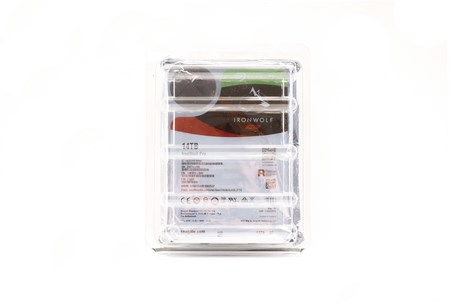
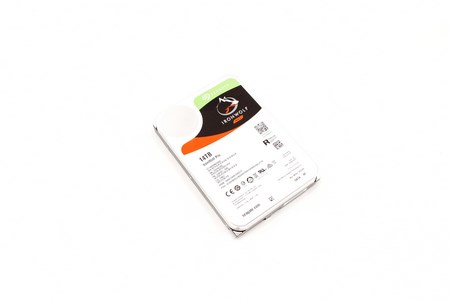
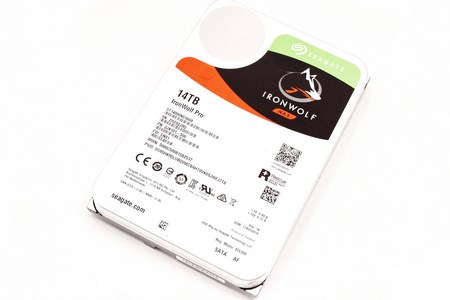
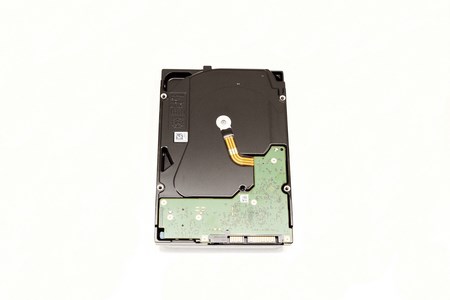
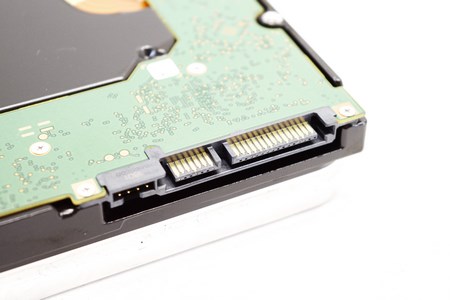
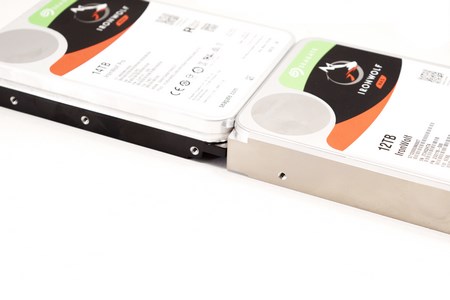
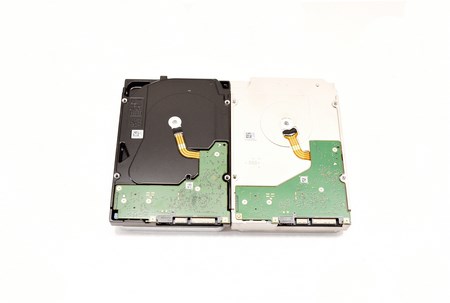


.png)

